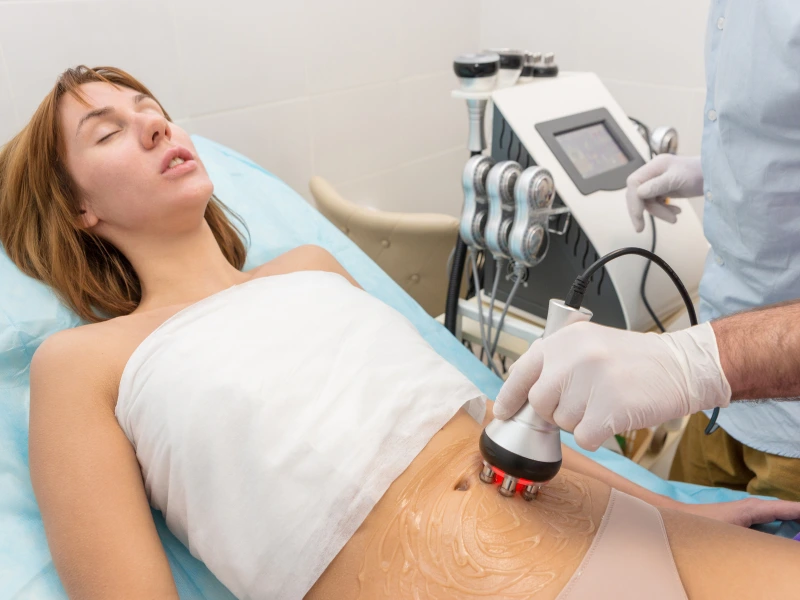
Cavitation and radiofrequency are two popular non-invasive treatments used for skin tightening and cellulite reduction. These methods assist with fat reduction, skin firming, and improving blood circulation.
Both treatments target different concerns but share a common goal: to enhance your body’s appearance without the need for surgery. Cavitation uses ultrasonic waves to break down fat cells, while radiofrequency promotes collagen production to tighten the skin.
If you’re looking for smoother skin or reduced fat in problem areas, these treatments could be a great solution. They are both safe, effective, and provide noticeable results with minimal downtime. Keep reading to learn more about these treatments and which one might be best for you!
While cavitation and radiofrequency share a common goal of improving skin appearance, they work in different ways:
The ultrasound cavitation and radiofrequency treatments work together to target fat and improve skin appearance. Together, these treatments offer impressive results.
Ultrasound cavitation is a non-invasive treatment that uses low-frequency sound waves to break down fat cells and reduce cellulite. The fat cells are liquefied and naturally eliminated by the body, leading to fat reduction and smoother skin.
Cavitation and radiofrequency machines are the key tools in these treatments, providing powerful, scientifically proven non-invasive technology. Both technologies are effective and safe, delivering immediate results in fat loss and skin rejuvenation.


The treatment works by applying radiofrequency technology to the deep layers of the skin. The heat causes skin to contract, improving skin texture and tightening the treated areas. It also focuses on fat cells, aiding in the reduction of stubborn fat and enhancing the appearance of cellulite.


Combining cavitation and RF treatment is ideal for fat loss and skin tightening. Cavitation breaks down fat cells, while radiofrequency stimulates collagen production to firm the skin. Together, they improve blood circulation and reduce cellulite.
Both treatments are effective, but cavitation targets fat reduction, while RF focuses on skin tightening.
Yes, combining cavitation and RF treatment enhances results, addressing both fat reduction and skin firming.
It’s recommended to start with cavitation for fat reduction and follow up with radiofrequency for skin tightening.
Cavitation is more effective for reducing cellulite, as it breaks down fat and targets stubborn areas.
Both treatments are suitable for most healthy adults with excess fat and those seeking skin tightening or cellulite reduction.


Recent Post



Related Post
Category